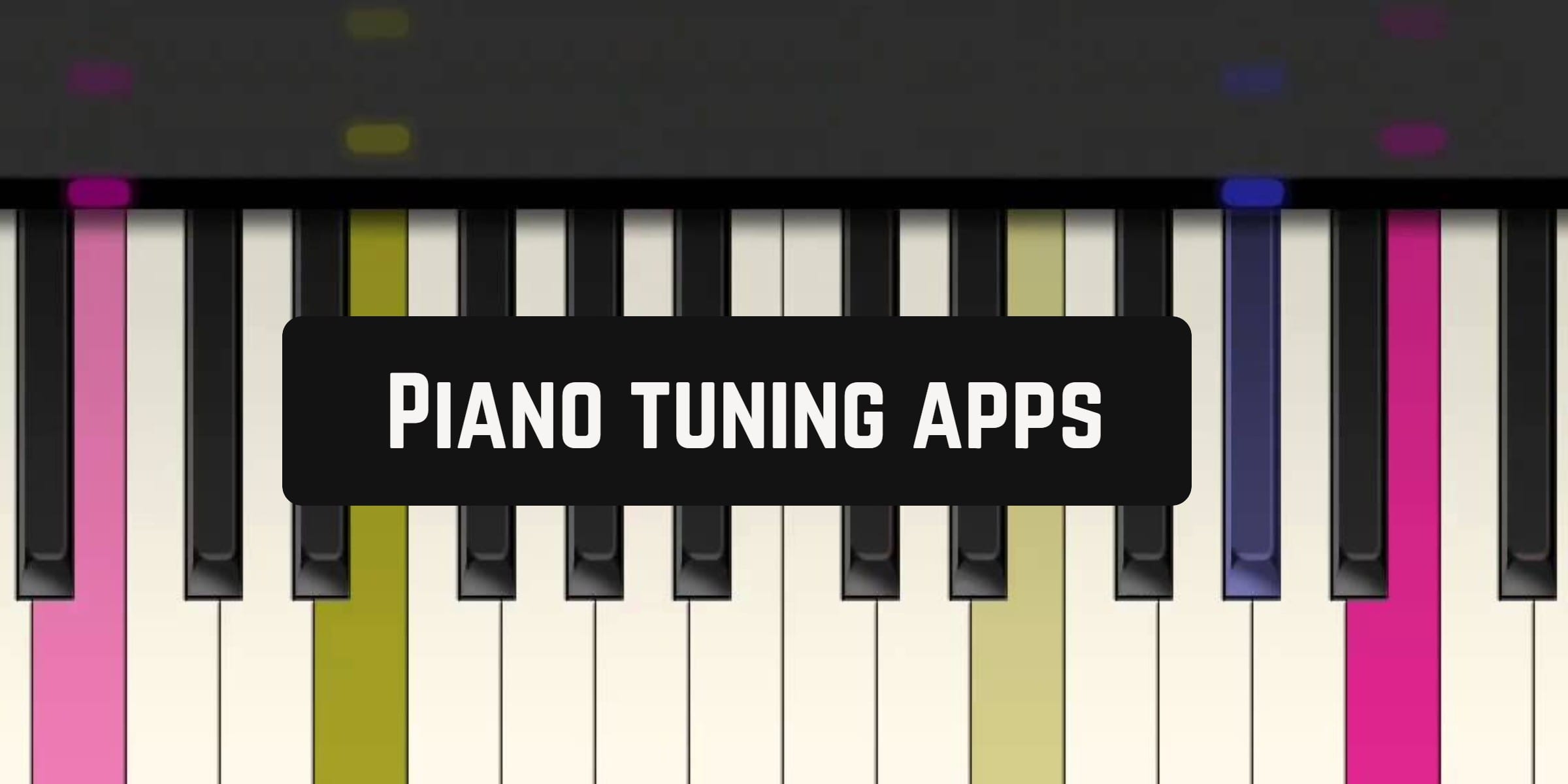

Only after this first pass, when all the strings are within 10 cents,
Entropy piano tuner software#
Software have that? With sample tuning curves so you can do
Entropy piano tuner free#
Over-pull/pitch raising option? Does the free entropy tuning
Entropy piano tuner full#
His demo chords to show how out of tune the piano is, were quite out of tune, perhaps more than 10 cents off, which would mislead people into thinking you can take measurements straight from a piano that is off by maybe a full half step (100 cents, which is quite common), without the required initial over-pull pitch raise pass.Īnd it doesn't look like Dirk's program has any sort of To the unwary (although they cover it briefly in the website), in that they don't mention the art of "setting" the pins and strings for stability, and there is no mention that the iH measurements must be done when the strings are within +/-10 cents of the target pitches. The video is a bit simplistic in the attempt to sell the software The fundamental response doesn't matter as much. You'll notice he uses a cheapie dynamic mic in the video, although if you are mainly looking at the 6th partial, then Http:/ / index.php?Lan=english&Page=base/ help.php Well, but that the bass response can be insufficient: That came with your computer or sound card should work The stretch will change slightly for a bias of strong 6:3 partials over 4:2 for example, but the 7th and 9th partials, to name a few, are often very strong in the bass, and must have equal weight in the calculation along with a weak 8th partial.ĭirk's piano tuning page mentions that the simple mic The use of all 88 notes simultaneously in the calculation and a bias toward equally dividing all 88 notes forces the result toward a narrow range of variation in spite of partial amplitude differences. Yes, though the results are likely to be within a few cents of each other, on a per-note basis. Solutions for the same piano exists depending on where

Ok, so the Entropy tuner calculates based on partialĪmplitudes, with some sort of Fletcher–Munson curveīut as you mention, the potential for significantly divergent A weighting function, mimicking the nominal human audio frequency response, is applied to the recorded waveforms. The best placement is likely to be where the pianist's ears are located, if the pianist wants to hear the resulting temperament. Obviously the placement of the microphone is also critical due to proximity effects, standing waves, acoustic blocking, and the like. A flat response microphone is essential for an accurate recording of the partial amplitudes. I would imagine the power of the partials is taken into account in finding the lowest entropy - if you can't hear them beating because they're weak, then they matter less, no? So it is probably important to have a flat microphone response - I believe the software already applies a weighting function similar to the well known "loudness" curve that mimics the human hearing response. This is why most tuning software works just fine with the built-in Mainly looking at the FFT frequencies of the partials (harmonics),

Is not as important with tuning software, because you are Response, which is usually what you want when recording music, It was concluded in an older thread that a flat frequency Why would the quality of the mic matter with Entropy tuner,


 0 kommentar(er)
0 kommentar(er)
